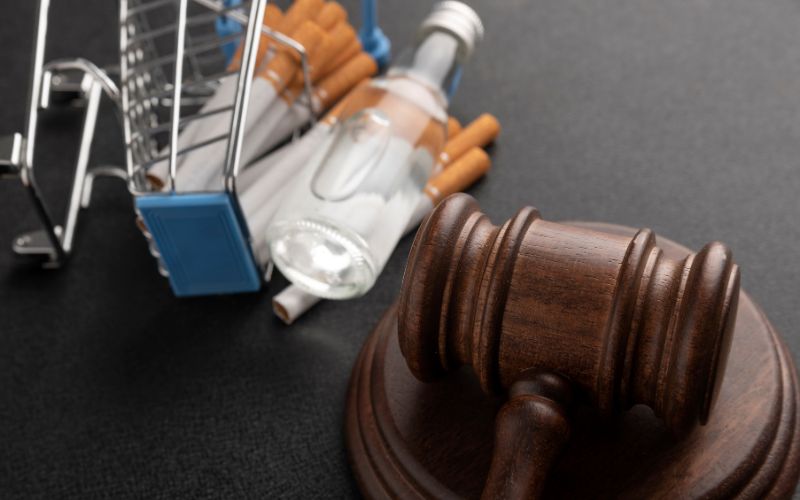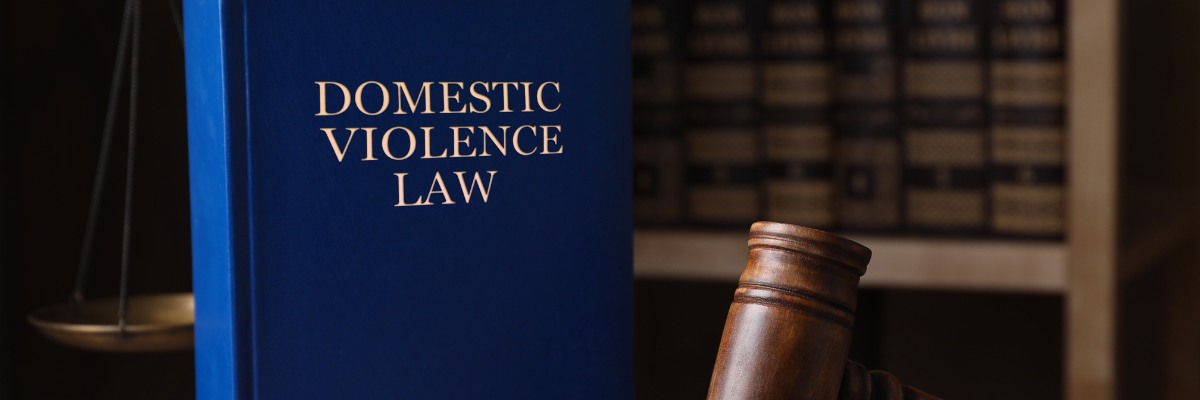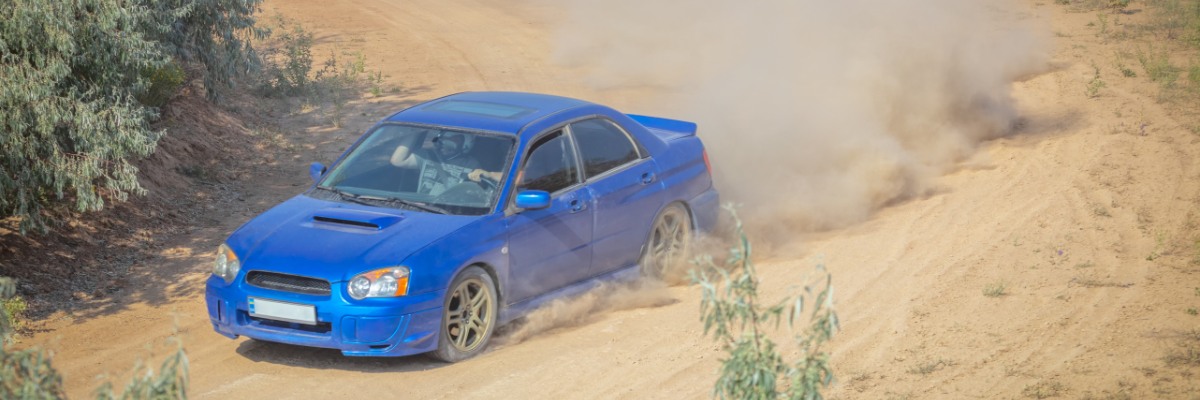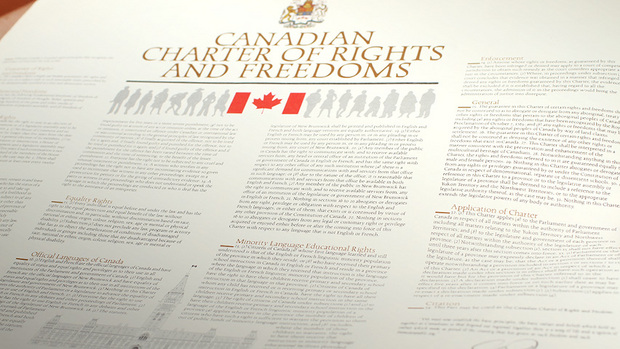Dangerous driving, unlike other less serious traffic offences, is a very serious offence that can result in a penalty much worse than a small fine. A conviction for dangerous driving will result in your driver’s licence being suspended and in some circumstances, you could receive a jail sentence. Do not put yourself in a situation where you are trying to defend a dangerous driving charge on your own.
What Is Dangerous Driving?
The first thing you need to know is that dangerous driving is a criminal offence, unlike many other traffic offences which are provincial offences. Dangerous driving can be found under section 249 of the Criminal Code of Canada. The definition of dangerous driving is worded very broadly, which can allow the police to charge someone with dangerous driving in many different scenarios.
To be convicted of dangerous driving, the Crown Attorney must prove beyond a reasonable doubt that you operated a motor vehicle in a way that was dangerous to the public. Whether you drove in a way that was dangerous to the public is determined by considering all of the circumstances, including;
- The nature, condition and use of the roads where you were driving.
- The amount of traffic at the time you were driving or the amount of traffic that could reasonably be expected at that time.
What is important here is the manner in which you drive your vehicle and not any actually consequences of the way you drove your vehicle. This means that the Crown Attorney does need to specifically prove that you endangered the safety or the life of another individual. The Crown Attorney only needs to prove that you drove your vehicle in a way that was dangerous to the public or in a way that was dangerous to the public that could have reasonably have been expected to be in the vicinity at the time.
The Crown Attorney also does need to prove that you specifically intended to drive dangerously. The way in which you drove your vehicle will be compared with the way in which a reasonably prudent driving would have driven in the same circumstances. To be convicted of dangerous driving, the Crown Attorney needs to prove that your driving was a “marked departure” from the reasonably prudent person. A “marked departure” means that the departure from the reasonably prudent driver must be more than a minor or insignificant departure.
Examples of Dangerous Driving
You can be convicted of dangerous driving in circumstances where you knew or ought to have known that it was likely you would fall asleep while driving. Examples can include circumstances where you had not sleep for an extended period of time or where you took medication which can make you drowsy.
Aggressive driving can easily result in a dangerous driving charge. Aggressive driving can include passing another vehicle on the road in an unsafe manner, making unsafe lane changes , tailgating or following too closely, and ignoring traffic signs.
Our Courts have ruled that in some circumstances excessive speeding alone can constitute dangerous driving. The rate of speed will be a factor, however there are other factors that may be considered, such as the type of road you were driving on, your ability to maintain control of the vehicle, and your ability to slow down or stop your vehicle.
Dangerous Driving While Street Racing
Section 249.4 of the Criminal Code makes dangerous driving while street racing a criminal offence. While this offence requires the Crown Attorney to prove both that you were street racing and driving dangerously, the penalty is much greater if a person is injured. Where a person commits dangerous driving while street racing and causes the death of another individual, the maximum penalty is life in prison. In circumstances where bodily harm is caused, the maximum penalty is 14 years imprisonment.
What Is The Penalty For Dangerous Driving?
The penalties for dangerous driving are very serious. The potential future implications of a conviction for dangerous driving are equally as serious. A first time conviction for dangerous driving results in a mandatory 1 year licence suspension under the Highway Traffic Act. Section 259 of the Criminal Code also permits a judge to make an order suspending your licence for up to 3 years for a first offence where no one was injured. Upon conviction for dangerous driving, you may also be subject to a jail sentence of up to 5 years and subject to a fine.
Anytime a person is injured or killed, the penalty for dangerous driving increases significantly. The penalty for dangerous driving causing bodily harm has a maximum penalty of 10 years imprisonment, while dangerous driving causing death carries a maximum penalty 14 years in jail. Similarly, a longer licence suspension is possible under the Criminal Code where bodily harm or death occurs.
Personal And Financial Implications
A conviction for dangerous driving has similar personal and financial consequences as a conviction for drinking and driving. You can expect to pay higher insurance rates for several years if you are convicted of dangerous driving. If your job requires that you drive, a conviction could result in you losing your job. A conviction could also prevent you from getting hired in the future. There is also the potential embarrassment of having your family and friends know your licence has been suspended because you were convicted of dangerous driving.
Contact
Being charged with dangerous driving is stressful enough. Leave it to a criminal defence lawyer to deal with your charge and get you the best possible result. Contact me immediately if you have been charged with dangerous driving or stunt driving. Arrange a free consultation today.
Read about Careless Driving and other Traffic Offences














